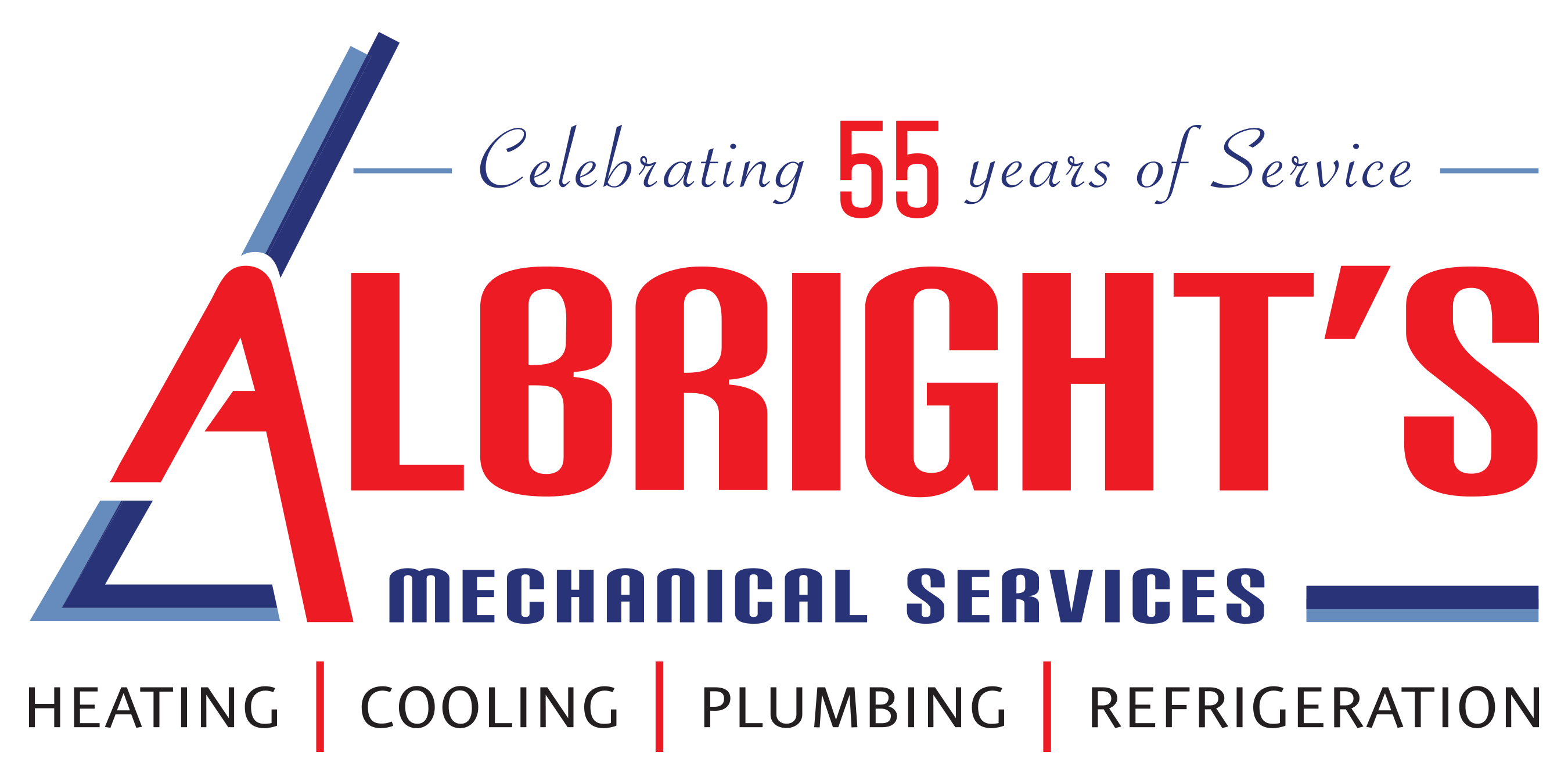As we head into April and May, we reach the peak of spring allergy season here in Baltimore. Warmer weather means an increase in pollen, mold spores, and numerous other allergens that find their way into homes from the great outdoors. In other words, we can look forward to a lot of sneezing, postnasal drip, and itchy, watery eyes in the weeks to come.
While your health professional’s prescribed medication can give you relief from the worst symptoms, a multi-pronged approach is best when it comes to defense against allergies. That means taking steps to reduce the allergens that accumulate in your home.
HOUSEKEEPING TIPS TO BATTLE SEASONAL ALLERGIES
1. Remove shoes at the door.
This is one of the easiest ways to make your home more hypoallergenic and hygienic. Think about it: your shoes travel everywhere you do, including parking lots, stores, dirty sidewalks, and public restrooms! This means that your shoes can pick up pollen, dirt, and numerous germs. Avoid bringing these contaminants into your home by leaving your shoes right by your door when you enter your home.
2. Wash bedding weekly in hot water.
Airborne seasonal allergens can settle on bedding, and sometimes we can transfer them to our bedding from our clothes. To remove allergens and kill dust mites, Mayo Clinic recommends washing all of your bed linens in hot water that is at least 130 F. If you don’t own washable bedding, replace your current bedding with something you can machine wash weekly, at least until your allergies die down.
3. Wash or vacuum window covers.
When spring cleaning, many people tend to forget about their curtains and shades. This leads to window treatments accumulating large amounts of dust, pollen, dander, and even mold spores. Machine wash your drapes if you’re able. Otherwise, use your vacuum cleaner’s upholstery attachment to suck up all the particles on your window coverings.
4. Upgrade your HVAC system’s air filter.
Air filters come with different efficiency ratings that measure what size particles they can trap. In most cases, as with the MERV rating system, the higher the number, the finer the particles the filter can capture. Some filters can trap particles as small as 0.3 microns. (The smallest particle size that the average human eye can detect is between 50 to 60 microns).
Keep in mind that your HVAC system may not be able to get enough airflow when equipped with a filter with an extremely high MERV rating. Check with your system’s manufacturer or an HVAC professional to see how fine of a filter your system can handle without any negative impacts.
5. Dust frequently neglected areas.
While most of us remember to dust cupboards, shelves, knick-knacks, and picture frames, many other places in homes can be easy to forget. Have you dusted any of these items lately?
Air vent grills and registers
Ceiling fans
House plants (real and fake)
Underneath and behind furniture
Lampshades
6. Invest in HVAC maintenance.
Despite the best efforts of your system’s air filter, dust and other airborne particles will still find their way into your HVAC equipment. This creates two significant drawbacks:
The dust and particle buildup decreases the equipment’s efficiency.
Your system’s blower can push those pollutants back out into your home through the ductwork and worsen your indoor air quality, making your allergies more severe.
When you get your HVAC system serviced, the technician has a chance to clean out the dust and other allergens accumulating on its components. Not only will you have a better operating heater and air conditioner, but you’ll also have healthier air coming out of your vents.
7. Get dirty air ducts cleaned.
While air duct cleaning won’t be something you need as often as HVAC system maintenance, you may want to have your air ducts inspected if they haven’t been cleaned in the last several years. This is especially relevant if you detect an unpleasant odor coming from your vents or if you’ve done any recent remodeling or any other activities in your home that create a lot of dust.
Once dust begins to accumulate in your air ducts, it’s easier for other pollutants and microorganisms to attach themselves there, including pollen, mold spores, and germs. If pests like rats or mice have chewed a hole through your ductwork, it’s also possible for their dander and waste to be left inside. To get your ducts thoroughly cleaned, you’ll need the help of a professional.
8. Upgrade to a vacuum cleaner with a HEPA filter.
If you suffer from allergies, it’s crucial to vacuum your home every one to two weeks. However, without a good filter, your vacuum cleaner is going to let allergens leak back out after sucking them in. To be an authentic high-efficiency particulate air (HEPA) filter, a filter must be tested and proven to trap at least 99.97 percent of particles 0.3 microns in size. Don’t be taken in by imposters!
9. Declutter.
With fewer things in the way, it’s going to be easier to clean, dust, and vacuum your home. Plus, there will be fewer places for allergens to hide. Not sure how to get started? Check out these popular decluttering methods and see which one appeals to you.
Whether it’s HVAC maintenance, repairs, or air duct cleaning, our friendly experts at Albright’s Mechanical Services care about your comfort. Give us a call today at (410) 834-0148.


